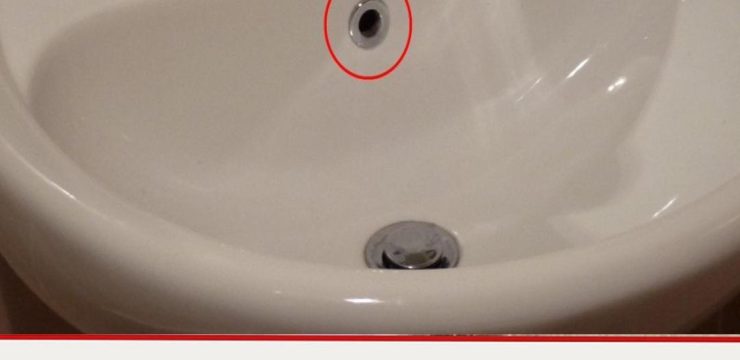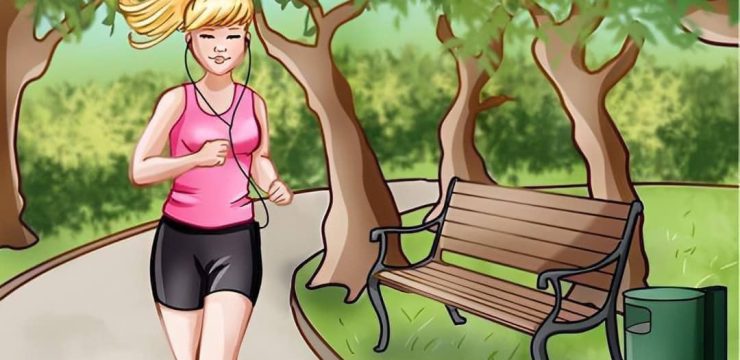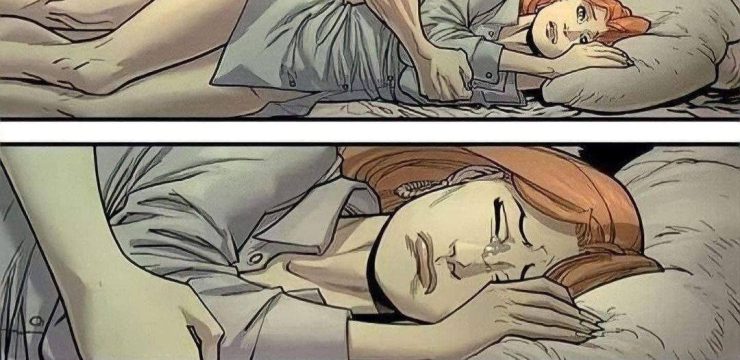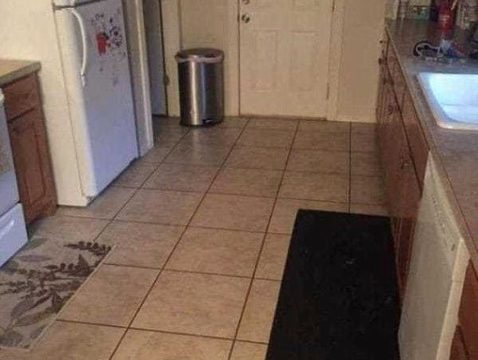Introduction: The Allure of Riddles
Riddles are a fascinating way to exercise our minds and spark curiosity. They often present a playful challenge that encourages us to think outside the box. Today, we tackle a particularly intriguing riddle that promises to stretch your cognitive skills and test your problem-solving abilities. Let’s dive into this riddle and discover the answer behind it.
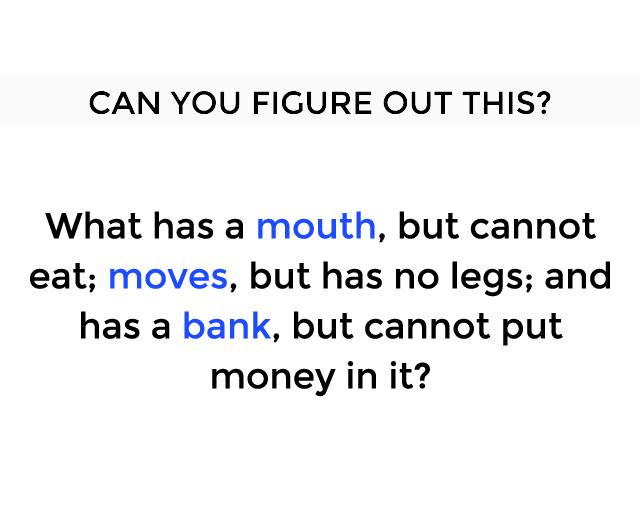
The Riddle Unveiled
Understanding the Clues
The riddle goes: “What has a mouth, but cannot eat; moves, but has no legs; and has a bank, but cannot put money in it?” To solve this, we need to break down each component of the riddle and figure out what fits all these characteristics.
Breaking Down the Riddle
Clue 1: A Mouth But Cannot Eat
The term “mouth” in this context doesn’t refer to the biological mouth we use to eat. Instead, it’s used metaphorically. Think about objects or entities that have a “mouth” but are not capable of consuming food.
Clue 2: Moves But Has No Legs
This clue suggests that the subject can change position or shift but does not have legs for movement. It implies some form of motion without traditional limbs.
Clue 3: Has a Bank But Cannot Put Money in It
Here, “bank” is used in a different sense than a financial institution. Consider what a “bank” might refer to outside of money, such as a natural feature or part of an object.
The Solution: The River
Why a River Fits the Description
The answer to the riddle is a river. Let’s see how it fits each part of the riddle:
- Mouth: A river has a “mouth” where it flows into a larger body of water, like an ocean or lake. This is a geographical term, not a literal mouth used for eating.
- Moves But Has No Legs: A river moves as water flows through it, but it obviously doesn’t have legs.
- Bank: The sides of a river are called banks. Despite being called banks, they don’t function as places to store money.
Why Riddles Are Valuable
Enhancing Cognitive Skills
Solving riddles like this one sharpens our problem-solving and lateral thinking skills. They encourage us to think beyond the obvious and consider alternative meanings and perspectives.
Fun and Engagement
Riddles also provide a fun and engaging way to challenge ourselves and others. They make great conversation starters and can be a delightful addition to social gatherings or educational activities.
How to Approach Riddles
Think Creatively
When faced with a riddle, approach it with creativity and an open mind. Consider different meanings for words and phrases and think about unconventional solutions.
Break Down the Clues
Analyze each part of the riddle carefully. Breaking it down into manageable parts can help reveal the answer more clearly.
Practice Regularly
The more you practice solving riddles, the better you become at recognizing patterns and thinking critically. Regular practice can enhance your cognitive abilities and keep your mind sharp.
Conclusion: Embrace the Challenge
Riddles are not just puzzles but a fun way to challenge your intellect and creativity. By solving riddles like the one about the river, you engage in mental exercise that can improve your problem-solving skills. So, the next time you encounter a riddle, embrace the challenge and enjoy the process of unraveling its mysteries. Happy puzzling!
